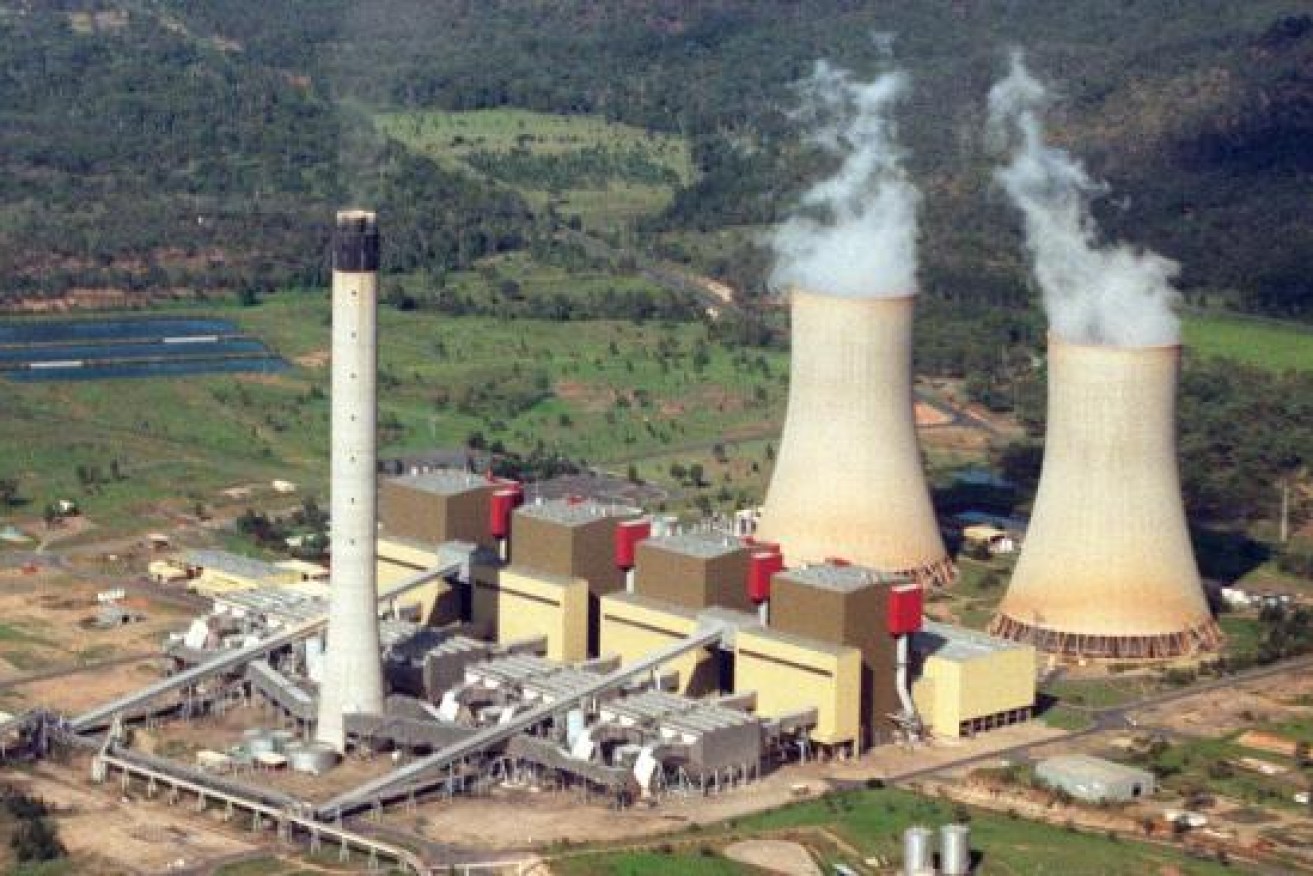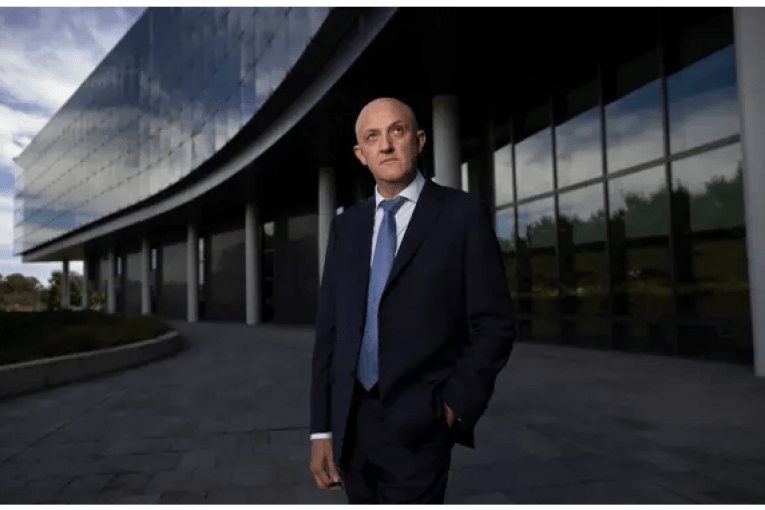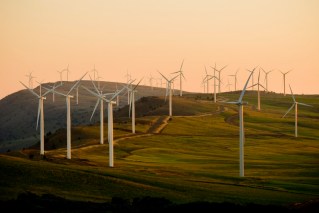Stanwell cops a windfall profit, but when the smoke clears it’s grim news for coal
Stanwell and CS Energy just-released annual reports make it clear there’s not much good news for Queensland’s coal-fired power generators, writes Robert MacDonald


Queensland's Stanwell Corporation was profitable last year but for how much longer? (Photo: Stanwell Power)
Are reports of the imminent, if lingering, death of coal-fired power stations greatly exaggerated?
Queensland Government-owned Stanwell Corporation’s much-better-than-expected $375 million profit for the latest financial year might suggest so.
But glance behind the headline number and you quickly realise nothing has changed.
Queensland’s – and Australia’s – coal-fuelled energy generators continue to be driven into loss-making old age at an ever-quickening pace by more nimble renewable energy suppliers and the unstoppable surge in residential solar power.
The main, and almost only, reason Stanwell made so much money last year was that a turbine at the Queensland Government’s other coal-fired power station operator. CS Energy, blew up in May.
The result was a big jump in power prices and a classic case of swings and roundabouts.
Stanwell might have made $121 million more than its net profit target for 2020-21 but CS Energy reported an after-tax loss of $266 million after earning $77 million in the previous year.
Even with its unexpected profit surge, Stanwell acknowledges a sober outlook for its ageing coal-fired power stations in the face of falling demand for grid-supplied power.
“The combination of low demand and low-cost renewable generation is resulting in a record number of negative spot prices and significant changes to the daily price curve,” Stanwell chairman Paul Binstead says in the company’s annual report released last week.
“This reduction in minimum demand is making it challenging for coal-fired plant like the Stanwell and Tarong power stations to operate in an efficient and cost-effective manner, particularly during the middle of the day when solar generation peaks.”
Or as Stanwell’s acting chief executive Adam Aspinall says, with a distinct degree of understatement:
“Longer-term there are implications for the sustainability of our thermal (i.e. coal-fuelled) generation industry.”
Aspinall’s cautious choice of words is understandable.
Aspinall is acting chief executive because in April this year, Stanwell’s then-boss of nearly a decade’s standing, Richard Van Breda, spoke too frankly at an industry event.
He speculated the company might have to shut down some of its coal-fired generating units before their technical end-of-life because of the rapid growth in ever-cheaper renewable energy sources.
This apparently so outraged the union, and therefore Energy Minister Mick de Brenni, that Stanwell’s board announced two days later it had “reluctantly agreed” to accept Van Breda’s resignation.
Stanwell’s sober assessment of the future of its coal-powered assets is such that, for the second year running, it’s written down the value of those assets despite this year’s profit surge.
“Notwithstanding the short-term improvement, the year-end valuation assessment of the Group’s generation assets resulted in an impairment expense of $118.7 million (before tax) due to a reduction in the future earning potential of the group’s generation assets,” the annual report says.
“Greater than expected market penetration of new build renewable generation was forecast to have a negative impact upon market pricing and this assumption has driven an impairment expense.”
And that’s after the company wrote off more than $700 million in the previous year.
CS Energy has a similar story. It allowed $123 million for asset impairments in the latest financial year, following a $353 million write-down in 2019-20.
With all that, the latest annual reports make it clear Stanwell and CS Energy aren’t throwing in the towel.
Both are chasing longer-term supply contracts and investing in renewable energy opportunities.
Both have also put in bids for support from the State Government’s $2 billion renewable energy and hydrogen jobs fund announced earlier this year.
In short, they’re both doing all they can to reduce their reliance on their coal-fired power assets.
Under current planning Stanwell and CS Energy’s power stations are supposed to keep running well into the 2030s.
And there’s a fair chance that as the youngest and most efficient in the country, they will, from time to time, reap windfall profits during the inevitably bumpy switch to a non-carbon future.
Just look at what’s happened in the United Kingdom at the moment, where owners of the last remaining power stations have been paid “huge sums” to fill the energy gap created by gas shortages and a lack of wind.
But that’s hardly a long-term business plan – to sit around waiting for the next energy crisis.
The Palaszczuk Government decided years ago, in opposition, that it would never sell the state’s power generators because they would provide an annual river of gold by way of dividends.
That river has dried up and now the challenge looms: how to wind down the operation of loss-making power stations without totally disrupting local communities, the lives of workers and energy supply.












